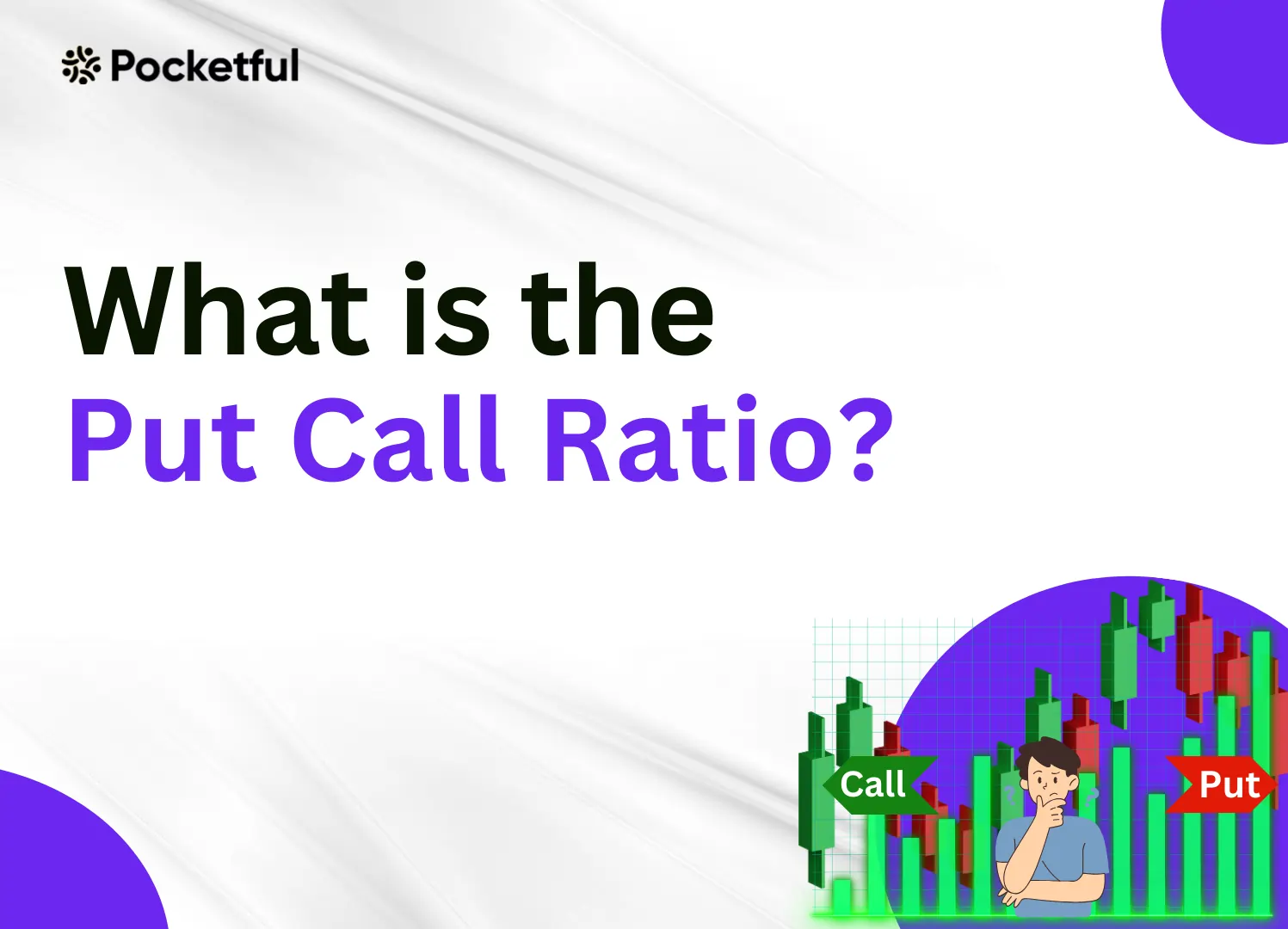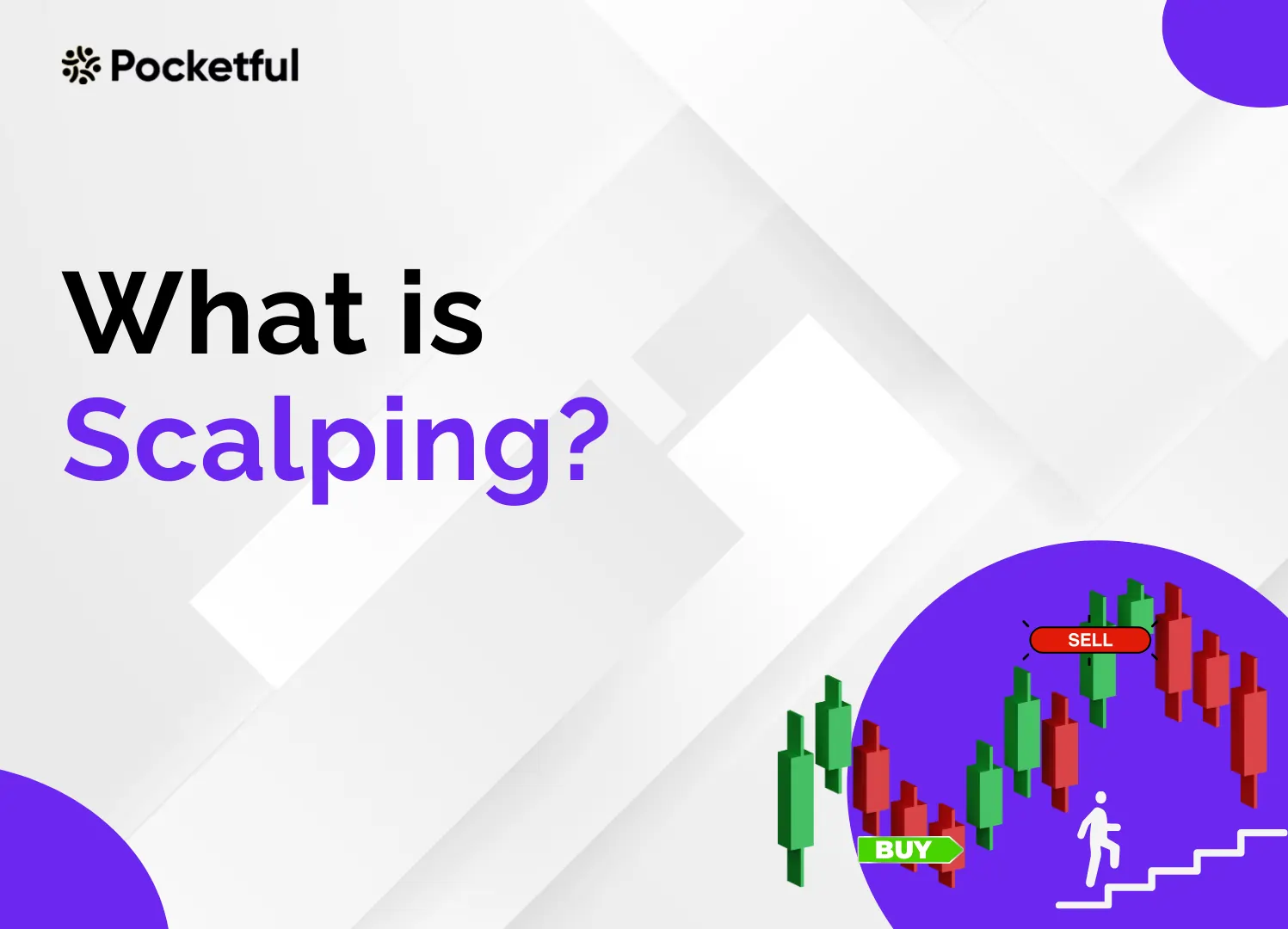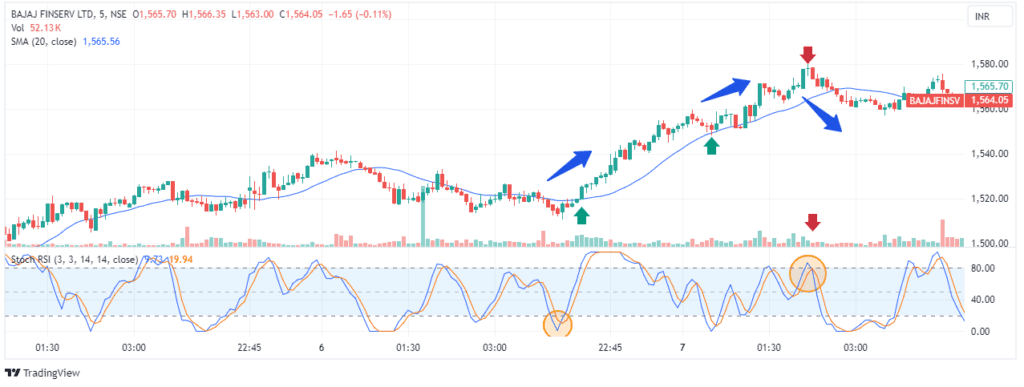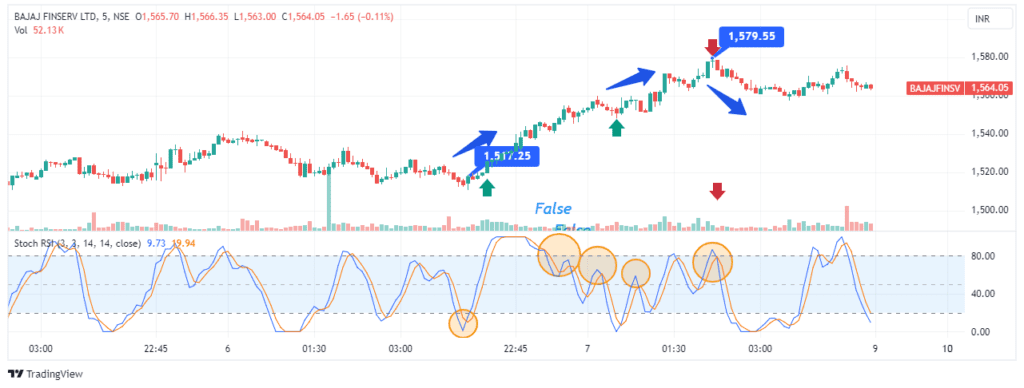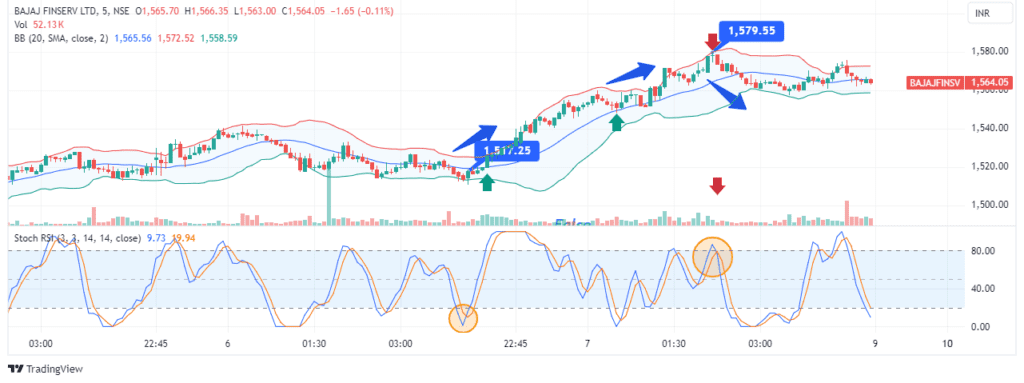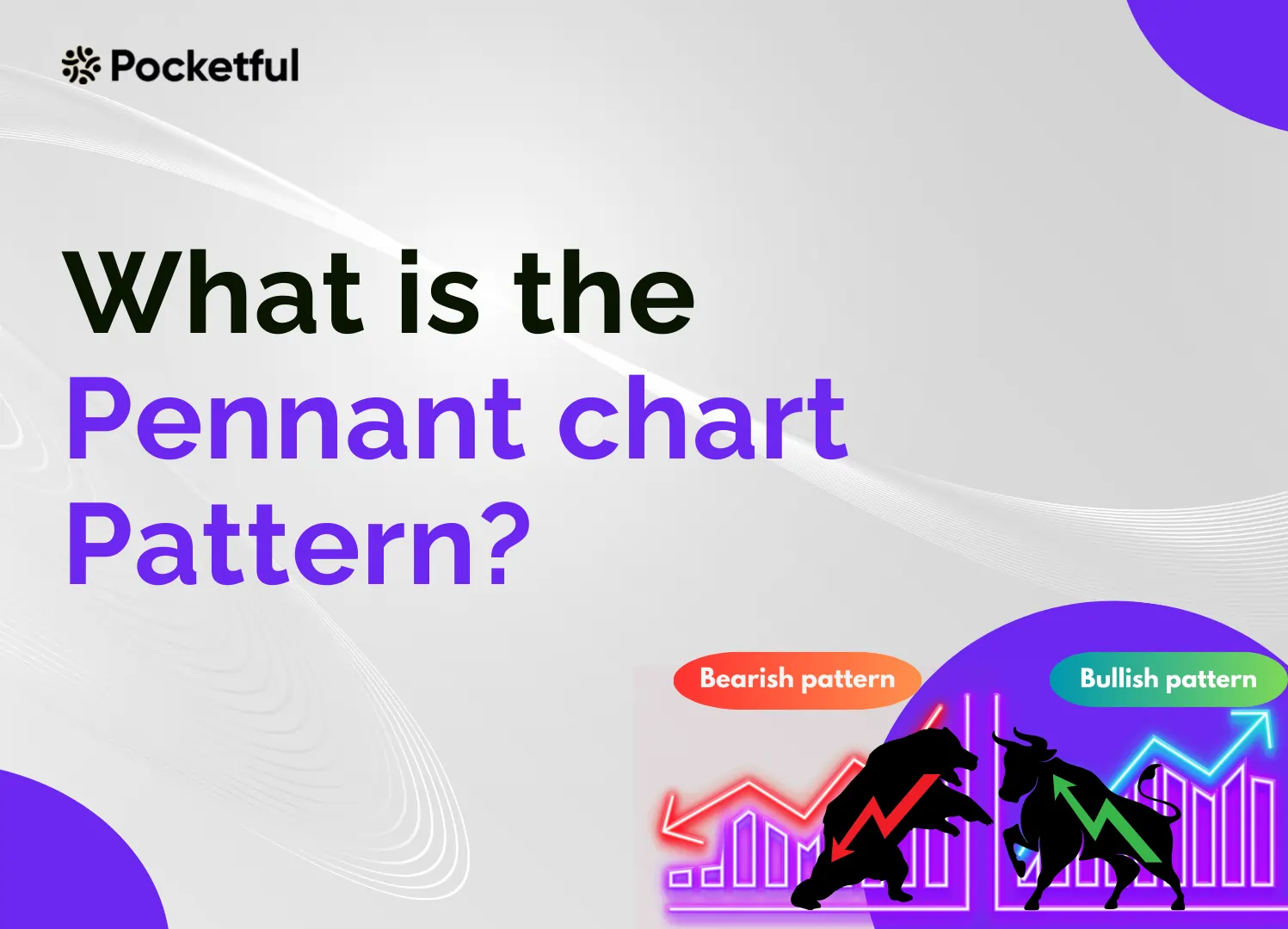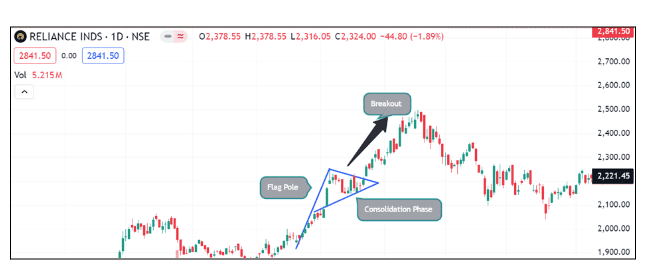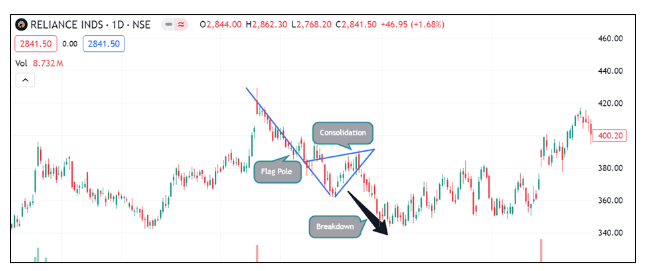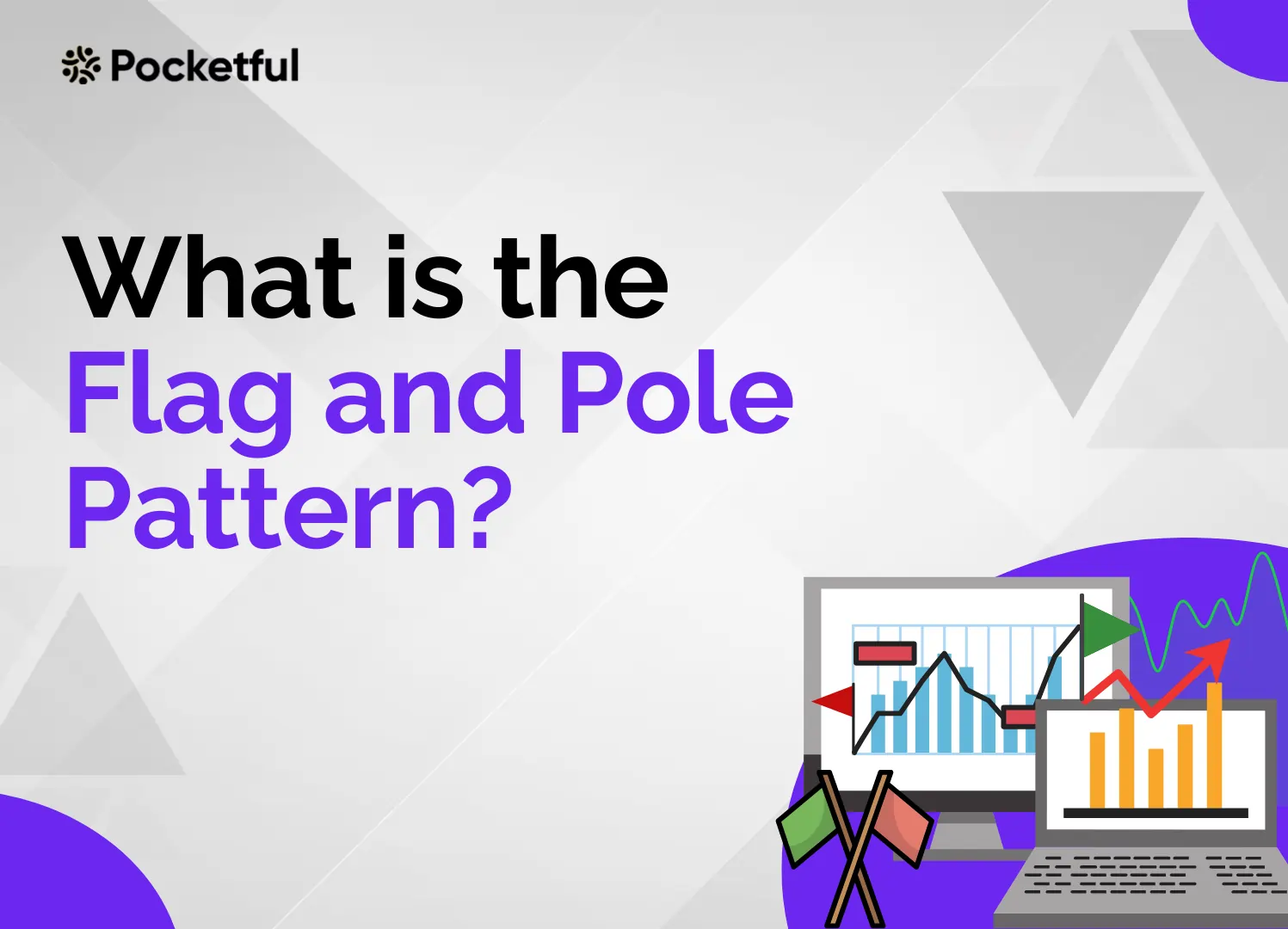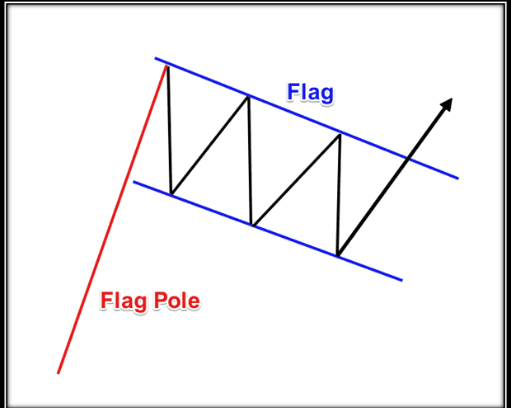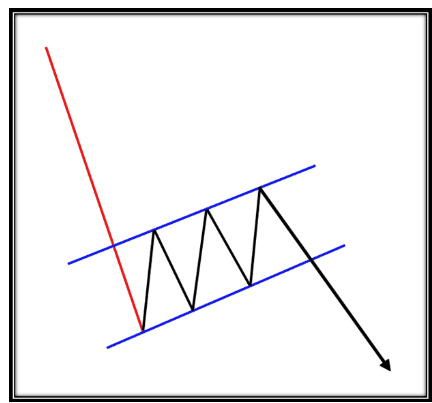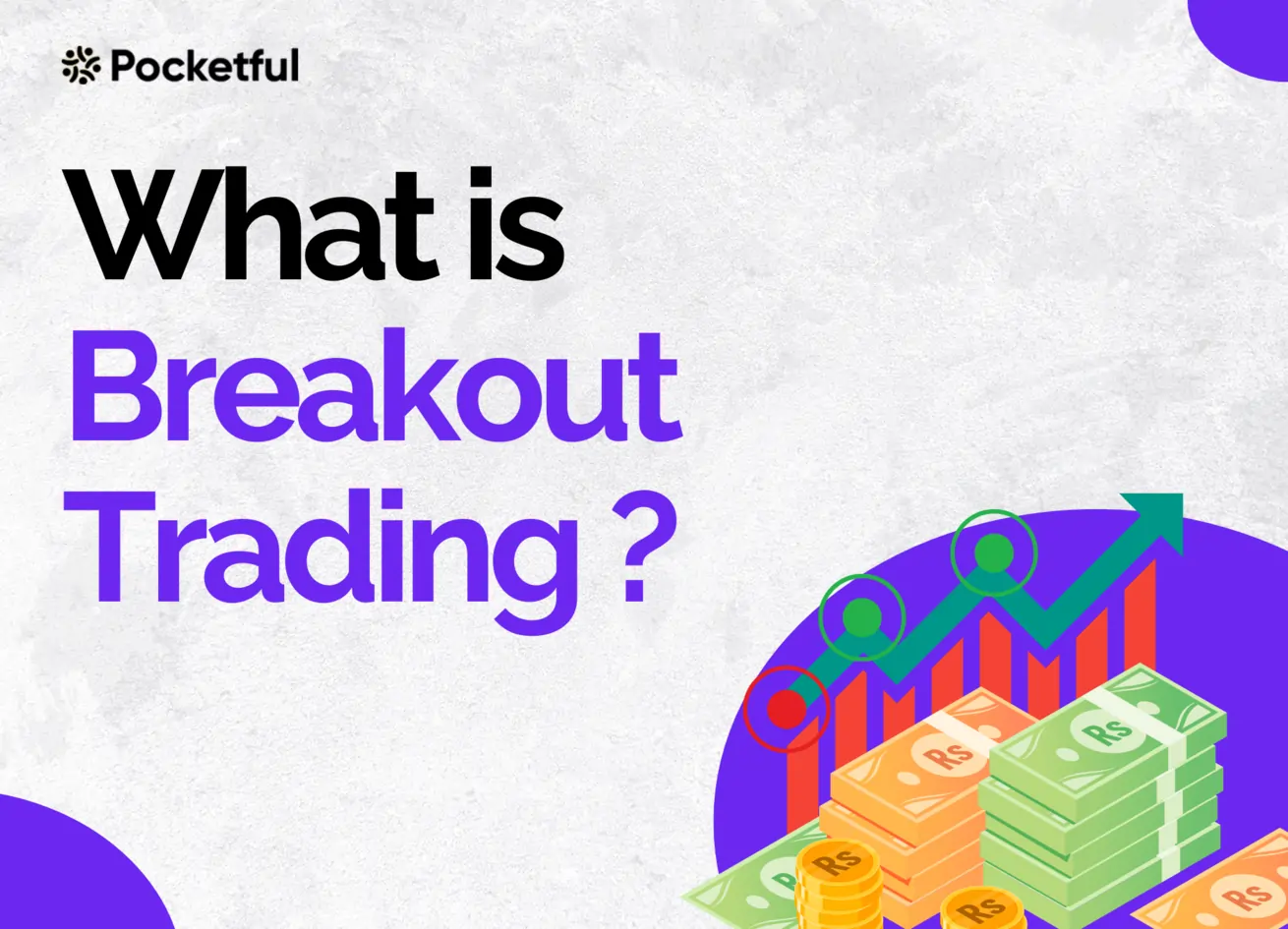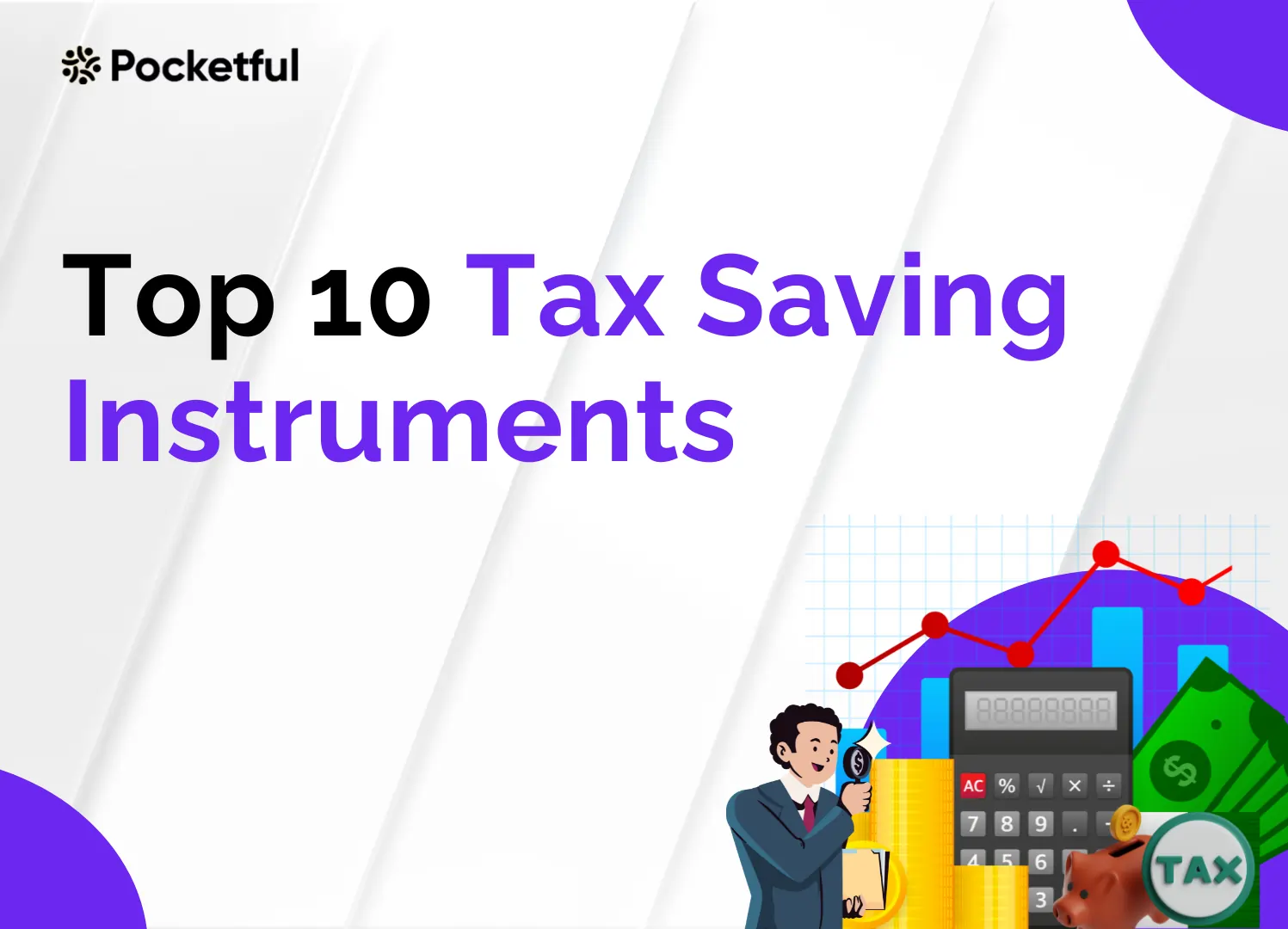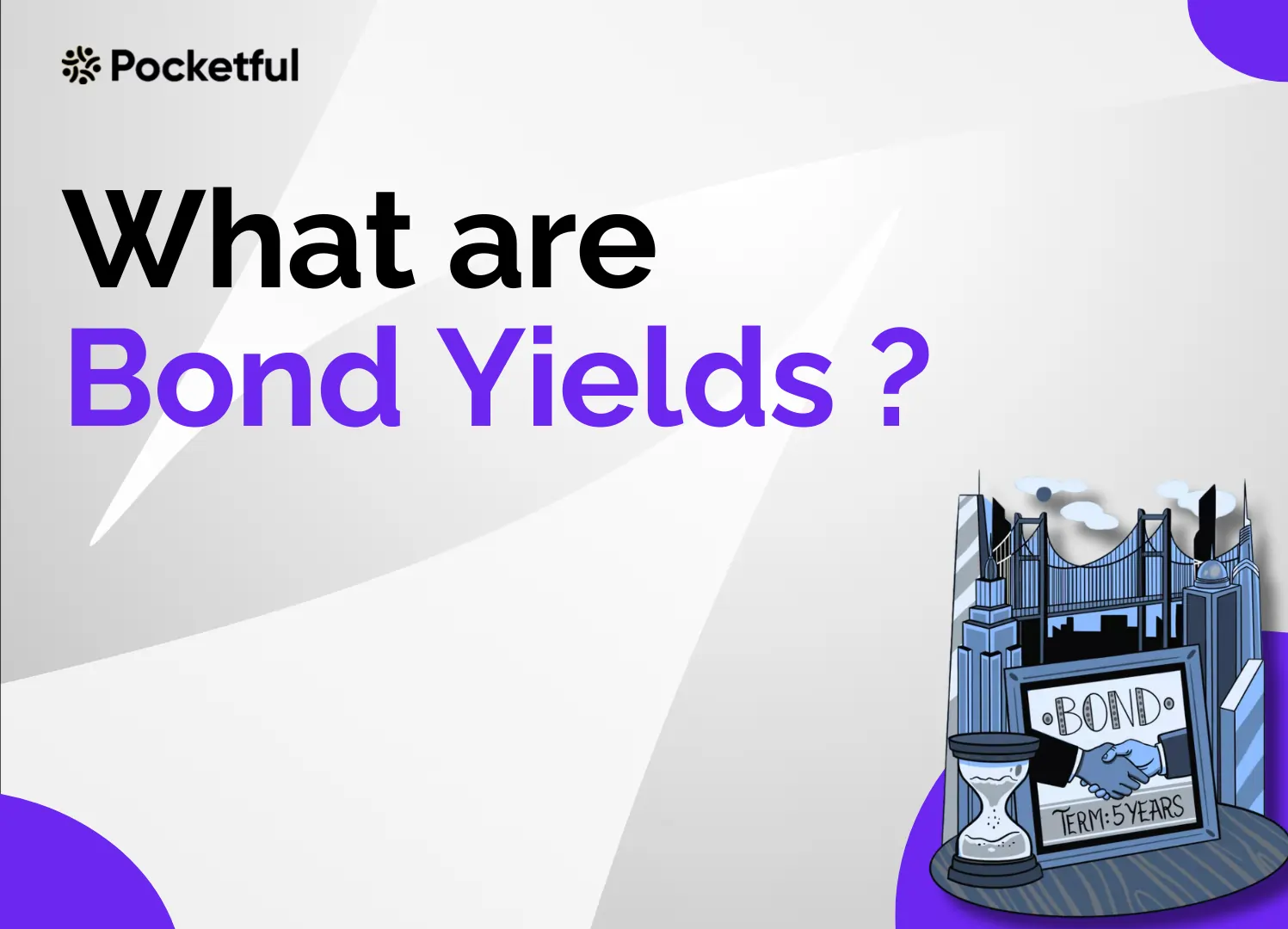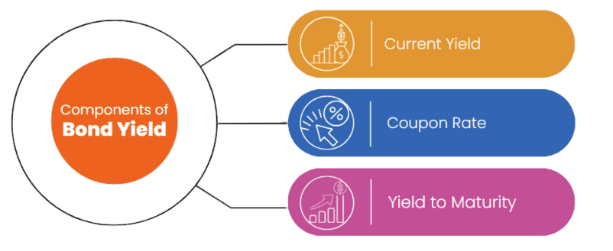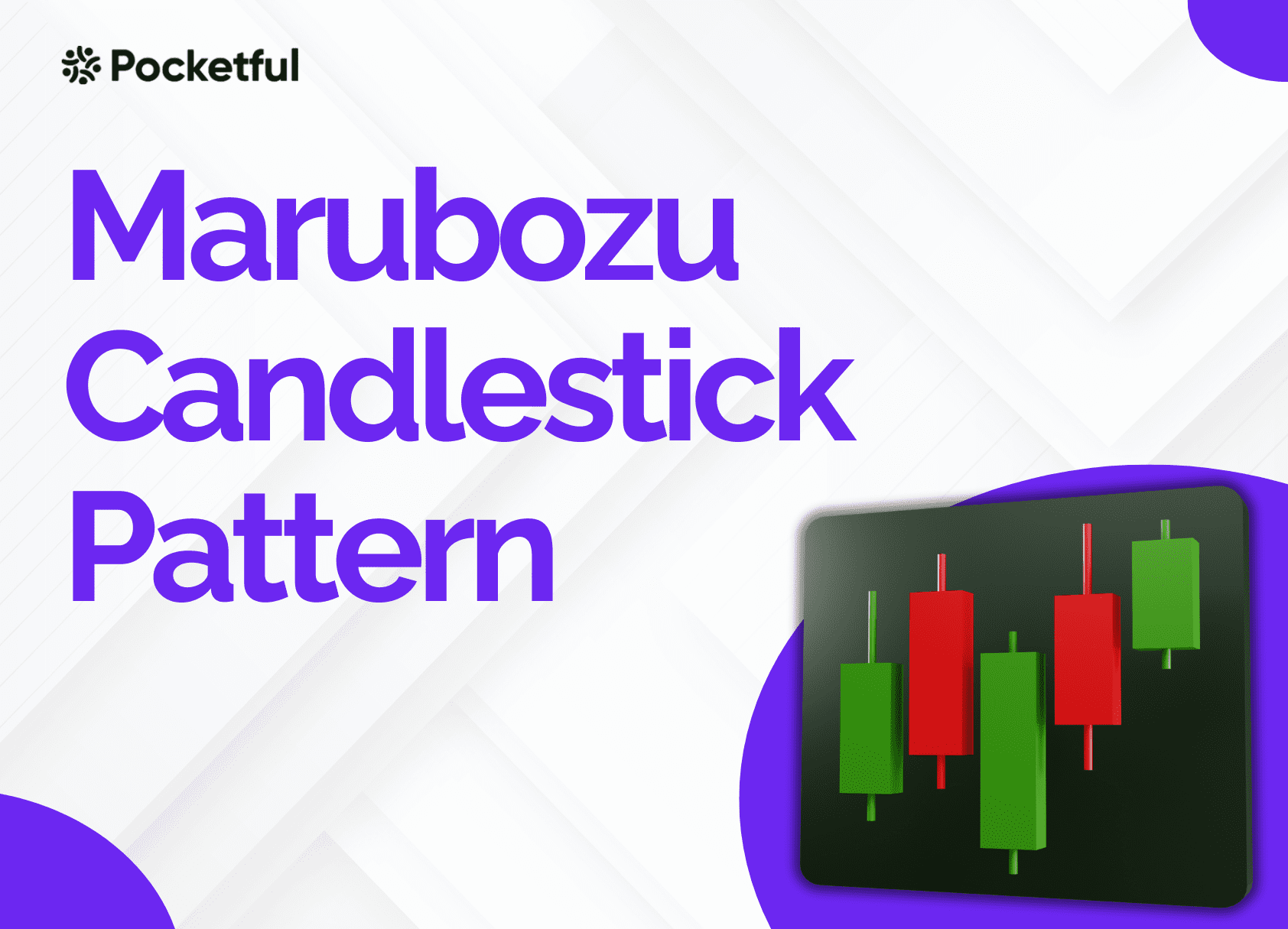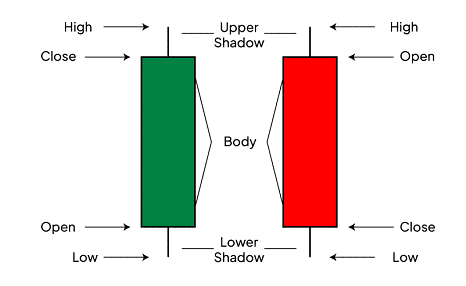Are you ready to see the latest innovative designs and invest in the future of design? Stanley Lifestyles, a leading name in super-premium and luxury furniture in India is about to make its highly-anticipated debut on the Indian stock exchanges. With its rich heritage spanning over three decades, the company is captivating discerning customers with its exquisite craftsmanship and timeless designs. As the company opens its doors to the investors, let us explore the key details of the IPO to learn the opportunities it will present.
Stanley Lifestyles Limited Company Overview
Stanley Lifestyles Limited is a top luxury furniture brand in India, known for its large-scale manufacturing and retail. Sunil Suresh and Shubha Sunil founded a partnership firm called ‘Stanley Seating’ in the year 2007. The company ranks fourth in home furniture revenue in India and uniquely covers super-premium, luxury, and ultra-luxury segments.
‘Stanley Seating’ was converted from a partnership firm to a public limited company in the name of ‘Stanley Lifestyles Limited’ in 2008.
The company initially offered leather upholstery services for top car brands worldwide.
Read Also: Platinum Industries IPO: Business Model, Key Details, KPIs, and SWOT Analysis
Stanley Lifestyles IPO Details
| IPO Date | June 21, 2024 to June 25, 2024 |
| Listing Date | Friday, June 28, 2024 |
| Price Band | INR 351 to INR 369 per share |
| Lot Size | 40 Shares |
| Total Issue Size | 14,553,508 shares |
| Issue Type | Book Built Issue IPO |
| Basis of Allotment | Wednesday, June 26, 2024 |
| Initiation of Refunds | Thursday, June 27, 2024 |
The company offers to utilize the Net Proceeds towards the funding of the following objects:
- Expenditure for opening new stores under the formats of “Stanley Level Next”, “Stanley Boutique” and “Sofas & More by Stanley” (“New Stores”);
- Expenditure for opening anchor stores (“Anchor Stores”);
- Expenditure for the renovation of existing stores under the formats of “Stanley Level Next”, “Stanley Boutique” and “Sofas & More by Stanley” (“Existing Stores”);
- Funding the capital expenditure requirements for purchasing new machinery and equipment by the company and Material Subsidiary, SOSL; and
- General corporate purposes.
Stanley Lifestyles Business Model
The company makes and sells its products in our stores across India. The company holds 38 Company-owned and company-operated (COCO) and operates them in Bengaluru, Chennai, New Delhi, Mumbai, and Hyderabad. These stores are located in major cities. It also holds 24 ‘Franchise-Owned and Franchisee Operated (FOFO) stores that are owned and operated by franchisees in 21 cities spanning nine states and Union Territories in India. Product sales is the primary source of revenue.
Stanley Lifestyles has three different types of stores to meet the preferences of premium customers.
- Stanley Level Next, which is for customers looking for ultra-luxury home furnishings.
- Stanley Boutique caters to the luxury furniture category.
- Sofas & More by Stanley focuses on attracting customers who are interested in high-quality furniture.
The company product categories include:-
Seating: Stanley designs, produces, and sells customisable seating products like four-seater or three-seater sofas with different leg and upholstery options including Scandinavia Max, Euro Nappa / Tuscana Nova Cashmere / Poach Molba.
Cased goods: These are made with a strong outer case, usually wood, which provides durability and beauty, offering storage solutions and a touch of elegance.
Products under cased goods are coffee tables, dining tables, end tables, and consoles.
Kitchen & Cabinetry: These include a wide range of materials, finishes, and styles for our kitchen and cabinetry products. These options are versatile and can accommodate various design preferences and lifestyle needs.
The products include kitchens, wardrobes, laundry & utility, bar units, shoe racks, prayer units, and bedside tables.
Mattresses and Beds: The company makes and sells beds and mattresses. Further, it also sells bedding and bedroom accessories like pillows
Automotive and Others: Stanley designs and manufactures customisable footwear in different sizes, including half sizes, to meet customer needs and provide car seat upholstery services for top automotive brands worldwide.
Additionally, the company imports and sells lighting and switches from other companies using their brand and sells carpets that are outsourced from other local manufacturers under private labels.
Stanley Lifestyles Consolidated Financial Statements
Stanley Lifestyles Balance Sheet
| Key Metrics | FY 2023 | FY 2022 | FY 2021 |
|---|---|---|---|
| Total current assets | 227 | 229 | 209 |
| Total non-current assets | 231 | 192 | 137 |
| Total current liabilities | 104 | 102 | 76 |
| Total non-current liabilities | 130 | 113 | 82 |
| Total equity | 223 | 205 | 187 |
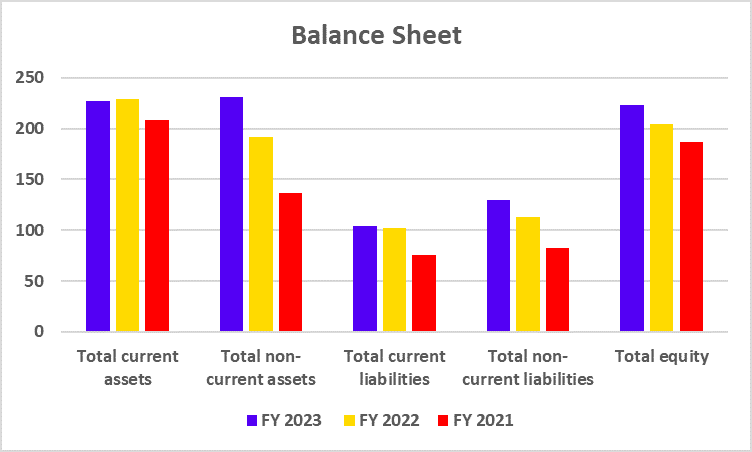
Stanley Lifestyles Income Statement
| Key Metrics | FY 2023 | FY 2022 | FY 2021 |
|---|---|---|---|
| Total Revenue | 425 | 297 | 201 |
| Total Expenses | 379 | 265 | 195 |
| Profit for the year | 34 | 23 | 1.9 |
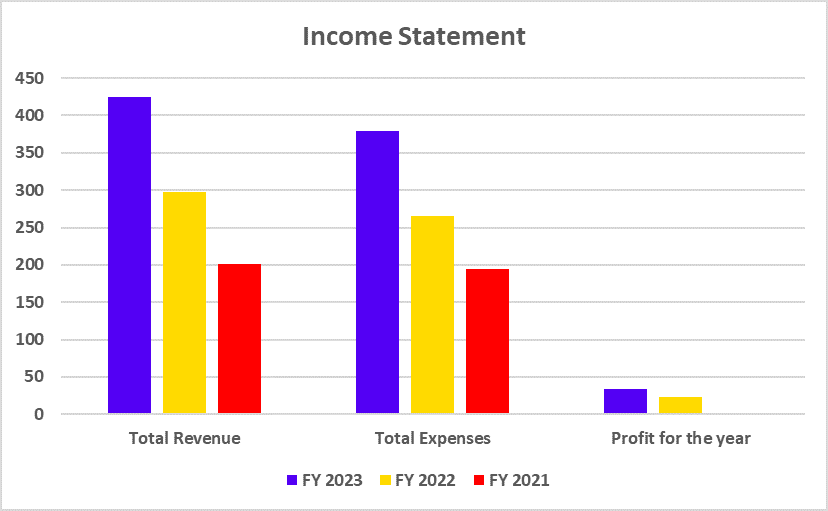
Stanley Lifestyles Cash Flow Statement
| Key Metrics | FY 2023 | FY 2022 | FY 2021 |
|---|---|---|---|
| Net cash flow from operating activities | 67 | 28 | 32 |
| Net cash used in investing activities | (27) | (11) | (3) |
| Net cash used in financing activities | (41) | (18) | (23) |
| Cash and cash equivalents at the end of the year | 9 | 10 | 12 |
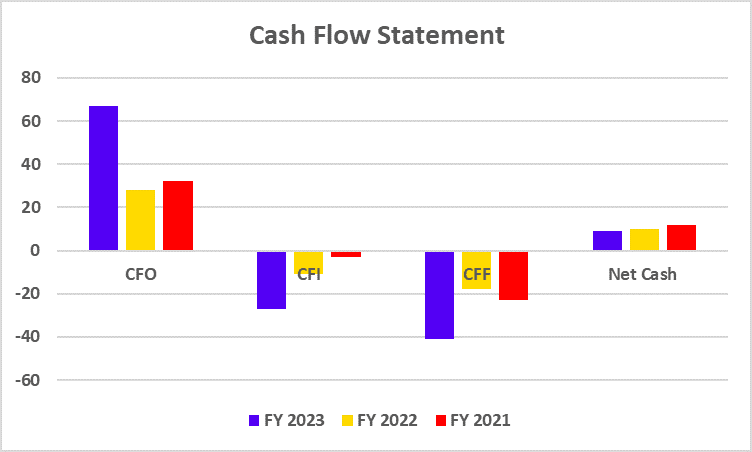
Stanley Lifestyles Key Performance Indicators
| KPIs | FY 2023 | FY 2022 | FY 2021 |
|---|---|---|---|
| EBITDA Margin (%) | 19.74 | 20.19 | 15.21 |
| PAT Margin (%) | 8.35 | 7.95 | 0.98 |
| Return on Equity (%) | 16.29 | 11.81 | 1.03 |
| Return on Capital Employed (%) | 16.63 | 12.90 | 5.52 |
Competitive Strengths
- The brand is the largest and fastest growing in the luxury furniture market.
- It offers a wide range of home solutions at different prices.
- The company has stores all over India which focuses on innovative designs and manufactures its products.
- The company has a successful business model and an experienced management team.
Risks Involved
- The company does not own the brand name ‘Stanley’, and is registered in the name of one of its promoters, Sunil Suresh. Although Stanley has already entered into the assignment deeds with Sunil Suresh, the trademarks have yet to be registered in our name.
- Not having the necessary approvals, licenses, or permits for the business could harm the company’s financial performance.
- Any shortage of leather and wood, which the company needs to make its products, could affect the cash flows of the business since Stanley depends on limited suppliers for the supply of leather, one of its primary raw materials.
- The company’s growth strategy involves opening new stores, new stores but managing a large retail network can be complex and may cause issues with store location, staffing, or marketing, impacting profitability.
Read Also: AWFIS Space Solutions Limited: IPO Analysis and Case Study
Conclusion
To sum it up, Stanley Lifestyles Limited has established itself as a leader in the Indian furniture market. A vertically integrated model enables them to have full control over the design, production, and quality of super-premium, luxury, and ultra-luxury furniture. The company’s future relies on managing risks, leveraging strengths, and establishing itself as a top luxury furniture brand in India.
Frequently Asked Questions (FAQs)
What does Stanley Lifestyles do?
Designs, manufactures, and retails super-premium, luxury furniture for homes in India.
Do they only sell goods associated with their brand?
No, Standley also sells products sourced locally from the manufacturers.
Is Stanley Lifestyles a good investment?
This depends on your investment goals and risk tolerance. Carefully consider the company’s financials and the risks, before making a decision.
How much amount do I need to apply for the IPO?
If you are a retail investor, the minimum amount is INR 14,760 for 1 lot and a maximum of INR 191,880 for 13 lots.
What is the expected listing date for Stanley Lifestyle?
The listing date for the company is June 28, 2024.

